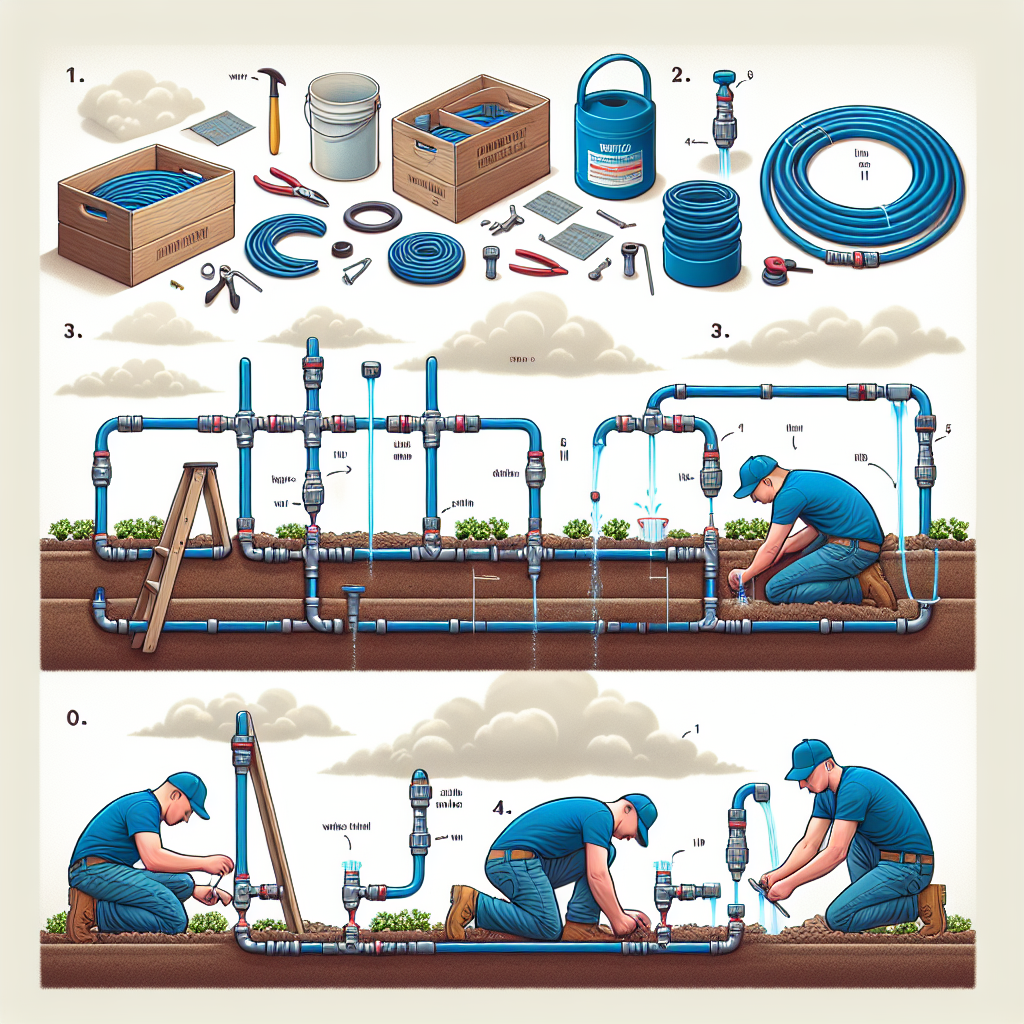Setting Up Your First Slow Drip Irrigation System: A Step-by-Step Guide
Gardening can be a rewarding and therapeutic activity, but maintaining a healthy garden can require a lot of time and effort. One way to make the process more efficient is by using a slow drip irrigation system. This system delivers water directly to the roots of plants, reducing water waste and promoting healthier growth. In this step-by-step guide, we will walk you through the process of setting up your first slow drip irrigation system.
Step 1: Plan Your System
Before you start installing your slow drip irrigation system, it is important to plan out your layout. Take note of the size and shape of your garden, as well as the location of your plants. Determine where you will place your main water source and how many drip lines you will need. Consider using a graph paper or computer program to sketch out your garden layout and mark where each drip line will go.
Step 2: Gather Your Materials
The next step is to gather all the necessary materials for your slow drip irrigation system. Here is a list of items you will need:
– Drip tubing: This is the main component of your system that delivers water to your plants.
– Drip emitters: These devices control the flow of water from the tubing.
– Connectors: These fittings are used to link different pieces of tubing together.
– End caps: These caps seal off the ends of tubing.
– Pressure regulator: This device controls the pressure of water flow in your system.
– Filter: A filter helps prevent clogs in the tubing.
– Punch tool: A punch tool is used to create holes in the tubing for emitters.
– Timer: A timer allows you to automate watering schedules.
Step 3: Install Your Main Water Source
After gathering all your materials, it’s time to install your main water source. Connect a faucet adapter to an outdoor spigot and attach a pressure regulator to regulate the flow of water. Next, connect a filter to prevent debris from entering the tubing. Finally, connect a backflow preventer to prevent contaminated water from flowing back into your main water supply.
Step 4: Lay Out Your Drip Lines
Once you have set up your main water source, it’s time to lay out your drip lines. Start by unrolling the drip tubing along the perimeter of your garden or around each plant bed. Use connectors to join multiple lengths of tubing together if needed. Be sure to leave enough slack in each section so that it can easily reach all areas of your garden.
Step 5: Install Drip Emitters
After laying out your drip lines, it’s time to install drip emitters at each plant location. Use a punch tool to create holes in the tubing where you want emitters placed. Insert an emitter into each hole and secure it in place.
Step 6: Test Your System
Before turning on your system for regular use, it’s important to test for leaks and proper function. Turn on the main water supply and check for any leaks or drips along the tubing. Make sure that all emitters are emitting water properly without any blockages.
Step 7: Set Up Your Timer
To ensure that your plants receive consistent watering, set up a timer on your main water source. You can program specific watering schedules based on plant needs or weather conditions.
Step 8: Monitor and Adjust
Once everything is set up and running smoothly, make sure to monitor your system regularly for any issues or adjustments needed. Check for clogs in emitters or tubing, adjust watering schedules as needed based on weather patterns, and make sure that all plants are receiving adequate moisture.
In conclusion, setting up a slow-drip irrigation system for your garden doesn’t have to be complicated. By following this step-by-step guide, you can easily customize your irrigation system to meet your gardening needs. Not only does it save time and€€€€€sustainability benefits than traditional methods. So what are you waiting for? Get started setting up your slow-drip irrigation system today!













